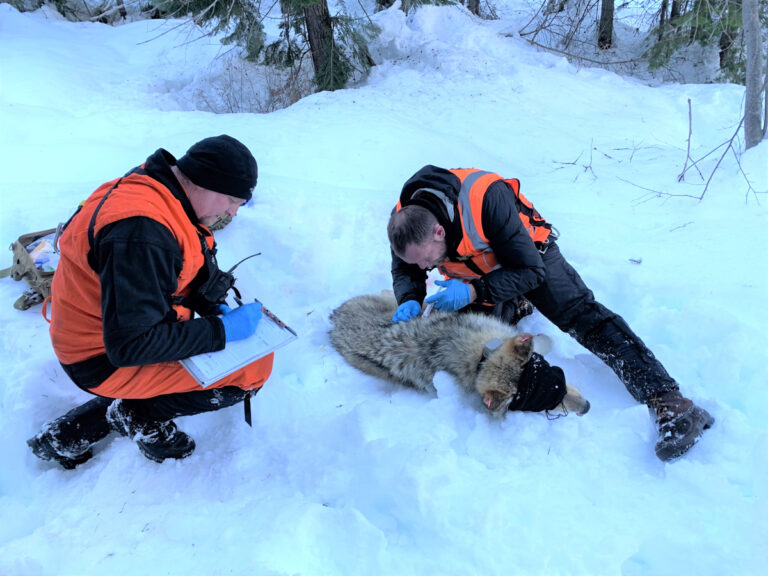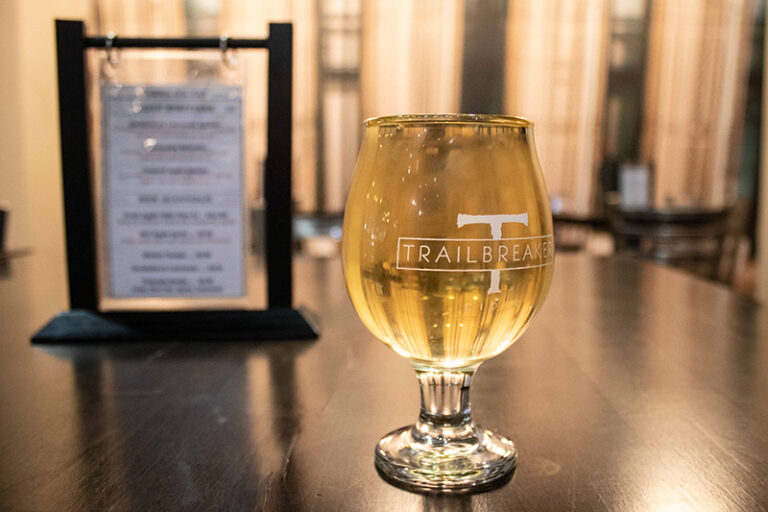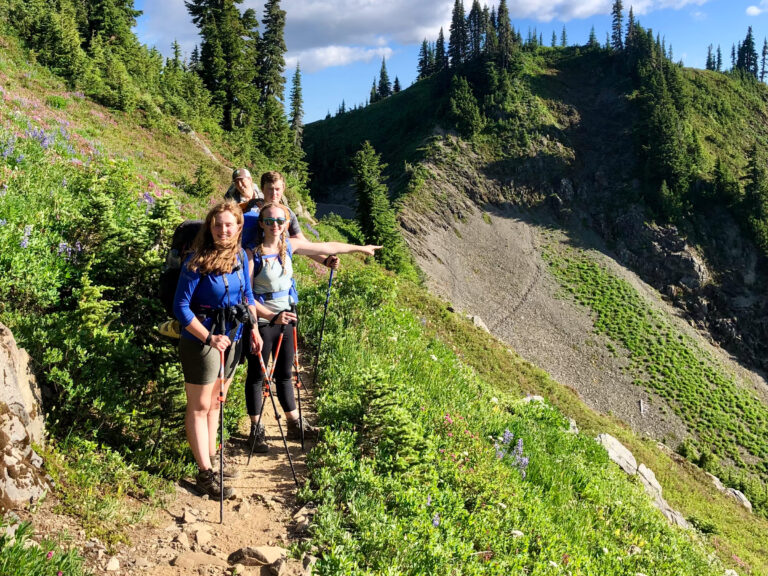By Maeve Griffith
1982. I believe that was the year I ran my first fun run. I’m not sure. I kept all the shirts, but many of them back then didn’t have dates on them. Maybe the organizers thought this would be the first and only time this race would be run. Sometimes, it was. The Denny’s Grand Slam Fun Run comes to mind. Then there was the Diet Pepsi 10,000 Meter Series, Cheney’s Cowabunga Road Race, The Bar-S Stampede 10K, KDRK’s Run in the Country, Green Bluff’s Cherry Picker’s Trot, and Medical Lake’s Only Fools Run at Midnight.
Most of these races are no more, but a couple continue. I’ve been holding onto these shirts, some for 40 years. Some, like the 1983 Odessa Deutchesfest Fun Run and the Shadle Park Scot Trot look like a first-time DIY print job. And I love that. The designs have been invented and reinvented; the style and fit have changed; fabric has evolved. My pile of race shirts grew over the years as I underwent my own evolution.
I was a different runner when I started collecting shirts, in more ways than one. Now I am in my 60s—the kids are raised, I don’t work for anybody, I have a lot of time, and a 10-mile run may be the hardest thing I do all week. So, I am running more than I ever have. Just like the race t-shirts, my body and my mind have also transformed.
But I kept on running. I ran to work in the morning. Ran home the next morning. It was the constant in my life.
About six years ago, I transitioned. I made my body match my mind. The beginning of the decision to do this was hatched at an ultramarathon my wife and I were running in the desert of Southern California. Through hormone replacement therapy, counseling, and surgeries, I became the person I recognized in the mirror.
It was a hard time to go through. And it cost me. It changed many things in my life. My relationships with my family and my friends changed. My transition became a news story because I was the captain of a Spokane fire station. What I was doing, what I did, sucked the air out of so many rooms.
But I kept on running. I ran to work in the morning. Ran home the next morning. It was the constant in my life. I trained for new races. It was really hard.
After my transition, I was at least two minutes per mile slower than before. At the Spokane River Run 25k, my now-more-speedier wife became frustrated with my pace. “Really!? You can’t run any faster than this?!” I caught my breath enough to gurgle a “No. I can’t.”
When I hear pundits and politicians talk about how “men” are becoming women just to win races and medals, I have to laugh. Like so much of their rhetoric about so many things, they couldn’t be more wrong.
These days, I am running farther and farther, seemingly getting slower and slower. And that’s okay. I plod along Spokane’s streets and trails—the same places I have always run. Sometimes I wonder if anyone recognizes me as that guy who used to run by years ago. Whatever happened to him?

I know that the way I now look causes some people to wonder at what they’re seeing. I know that being out there, being visible, being active, living my life, running my miles makes a few angry people even more angry.
Frankly, that makes me happy. What runner hasn’t had to (smilingly) put up with angry drivers having a bad day? Maybe me being out there running gives a few trans people a little hope. I am not going to hide, and if they don’t want to, they don’t have to either. And that makes me happy too.
Now, at the end of the day, after my miles, I put a new, giant quilt around me. Each panel of the quilt is from one of my old race shirts. A pile of old stuff made into one, new, useful thing. I think about all those runs from decades ago. I think about all the running ahead of me. I feel warm and glad to still be able to run—on the trails, on the ice, on the snow, in the rain, in the heat, on the streets—the same old places I always ran, but now so much better.
An avid hiker and runner, retired fire captain and paramedic Maeve Griffith is the author of a not-very-popular novel and even-less-popular book of poetry. She hosts the weekly KYRS radio program “Out and About” (Tuesdays, 4:00-4:55 p.m., PDT). She lives in Spokane with her wife, Sarah. When she’s not on the trails, she’s either in her garden, or in her studio painting, and is often seen in local theater productions.
Find more Last Page stories and articles about running in the OTO archives.













